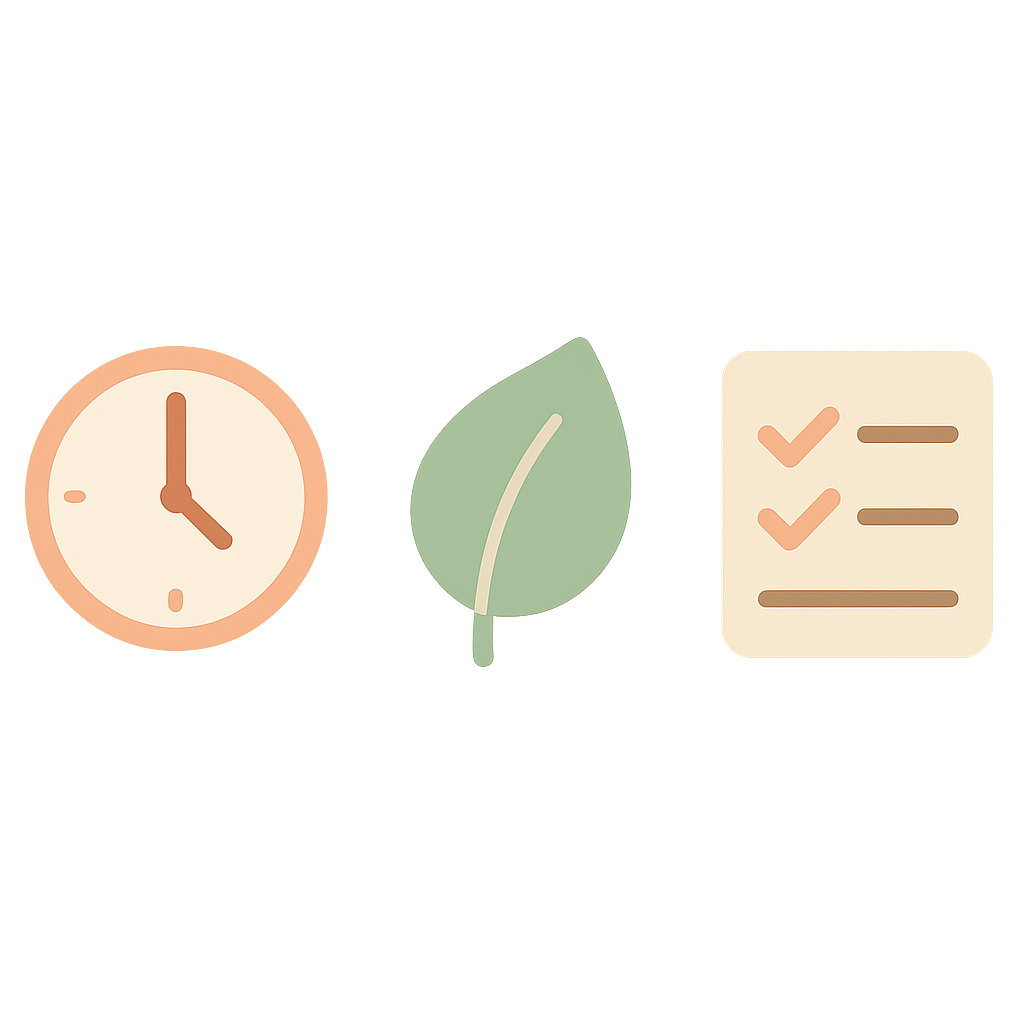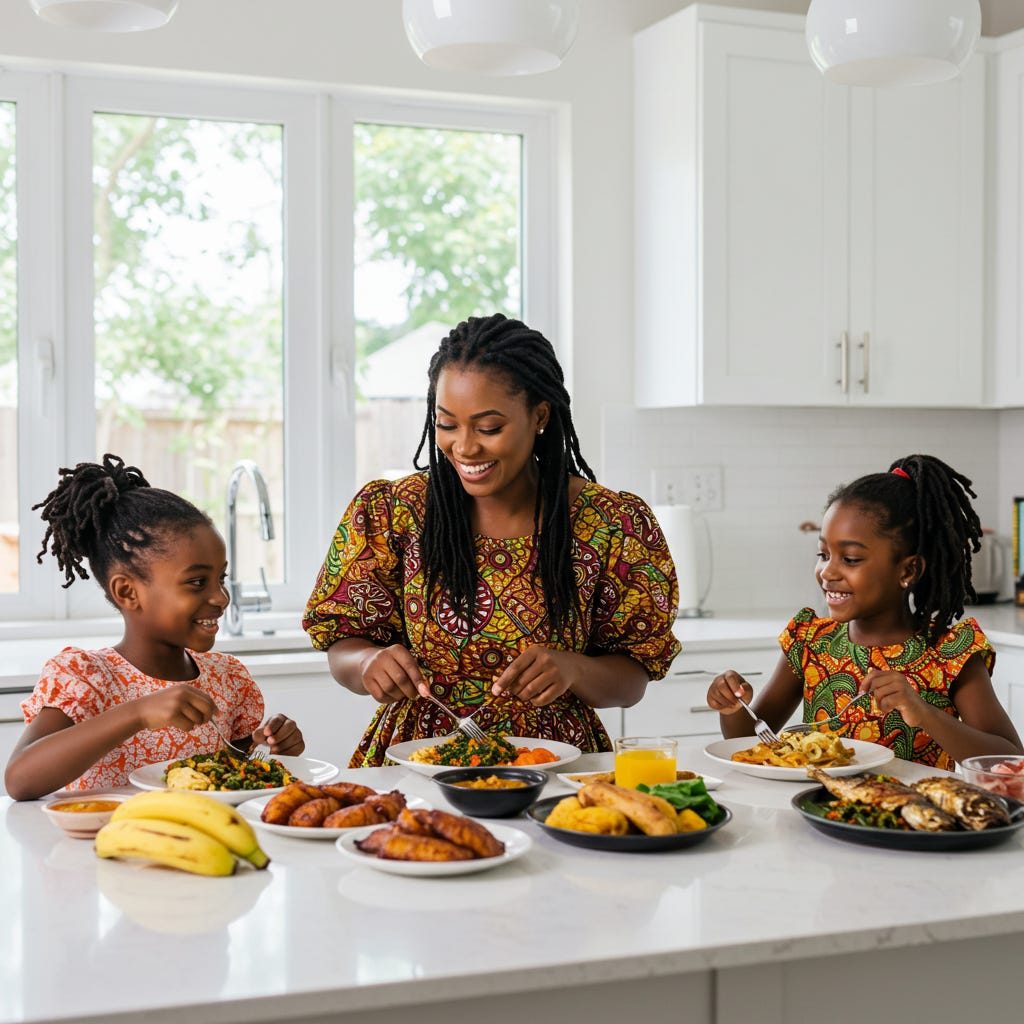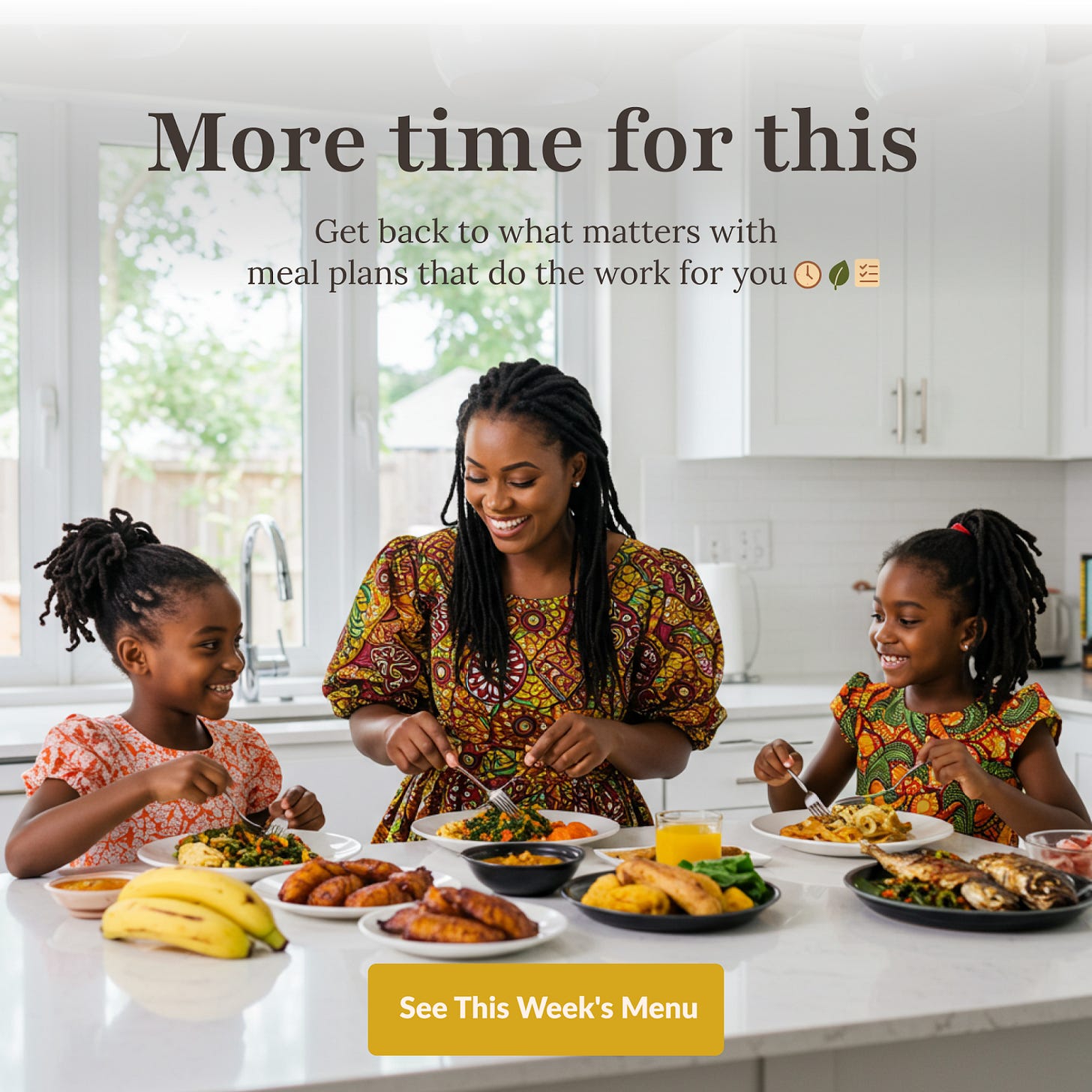GUEST POST: Stop Asking AI to Be Your Designer
(And What to Do Instead)
Back in 2022, we had the dawn of AI image generation and it felt like magic, but it was weird magic. You could type in a prompt and get back a weird, six-fingered hand, a brand name spelled like gibberish, or a surreal image that was more "art project" than "ad campaign."
Same prompt across all the versions of Midjourney: High quality photography of a young Japanese woman smiling, backlighting, natural pale light, film camera, by Rinko Kawauchi, HDR
Fast forward to today, and evolution hasn't just been a leap; it's been a quantum jump. The tools have matured at an amazing pace, mastering three key areas:
Stunning Realism: Today's models can generate crisp, cohesive images that are often indistinguishable from professional photography.
Text That Actually Works: The nightmare of mangled text is over. Tools like Imagen, Image-1 can now integrate clean, legible typography directly into images.
Fine-Tuned Control: We now have the power to guide AI with reference images, lock in character consistency, and edit specific parts of an image without starting over.
With this power, AI has become an undeniable force in marketing. But let’s be honest. For all its brilliance, AI rarely nails a final design on the first try. It gets you 80% of the way there in seconds, but that last 20%, the part that adds strategic polish, brand soul, and a human touch can feel like a wide gap.
The problem isn't the AI. It's our approach. We're asking it to be the finished artist when we should be treating it as a brilliant, lightning fast creative partner.
So, how do you close that gap? You stop asking AI to be your designer and instead step into the role of Creative Director. Here’s my two step playbook to take your designs from 80% good to 100% unforgettable.
Step 1: Strategize with Your LLM CoPilot First
A great design is built on a great idea. Before you generate a single pixel, open a chat with an LLM like ChatGPT, Gemini, or Claude. Treat it as your tireless marketing strategist. This is where you lay the foundation.
Use it to brainstorm and refine your core message. Ask it smart questions like:
"My target audience is busy moms. What are their top 3 pain points related to meal planning? Give me some copy angles that offer a solution."
"Suggest a color palette that feels both trustworthy and energetic for a new fintech app."
"Give me five powerful, short headlines for a summer event flyer promoting good vibes"
This pre-production work grounds your design in solid marketing principles. It ensures your visuals won't just look good, they'll work.
Step 2: Direct Your AI to Build Your Toolkit
Now that you have your strategy, it's time to direct your AI image generator. But instead of asking for a complete, complex asset in one go, you're going to generate the elements.
Think of it like baking a cake. You wouldn't ask the oven to produce a fully frosted cake. You source the flour, the eggs, and the sugar first. Do the same with your design.
For that meal planning service for busy moms, your prompts would look like this:
The Hero Image: A warm, candid, photorealistic shot of a smiling mother and her children enjoying a healthy dinner together in a bright, modern kitchen. The mood is relaxed and happy.
The Icons: Three minimalist, flat-style icons in a soft, friendly color palette. One icon for "time-saving" (a simple clock), one for "healthy" (a leaf), and one for "easy" (a checklist).
The Background: A subtle, abstract background using a clean watercolor wash in soft pastel colors. Light, airy, and uncluttered.
This is where tools that generate images with transparent backgrounds become your secret weapon. They produce clean, cut out PNGs that are ready to use, saving you the tedious task of manual background removal and if you can’t find one then you can always go online and do it yourself (Picsart and Pixelcut are two amazing apps for this)
Bringing It Home: The Final 20% is You
With your AI-generated assets in hand, it’s time to step into your creative sandbox; Canva, Figma, or the Adobe Suite.
This is where you, the Creative Director, take over.
Arrange your hero image. Place your strategic copy. Position your icons. Fine-tune the layout with human precision. You’re no longer just correcting an AI's mistakes; you're orchestrating a symphony of strategically sound, AI-powered elements.
This workflow transforms AI from a frustrating one click wonder into a powerful extension of your own creativity. You’re combining its speed with your invaluable human insight. And that’s how you bridge the gap and deliver designs that are not just 100% complete, but 100% effective.





